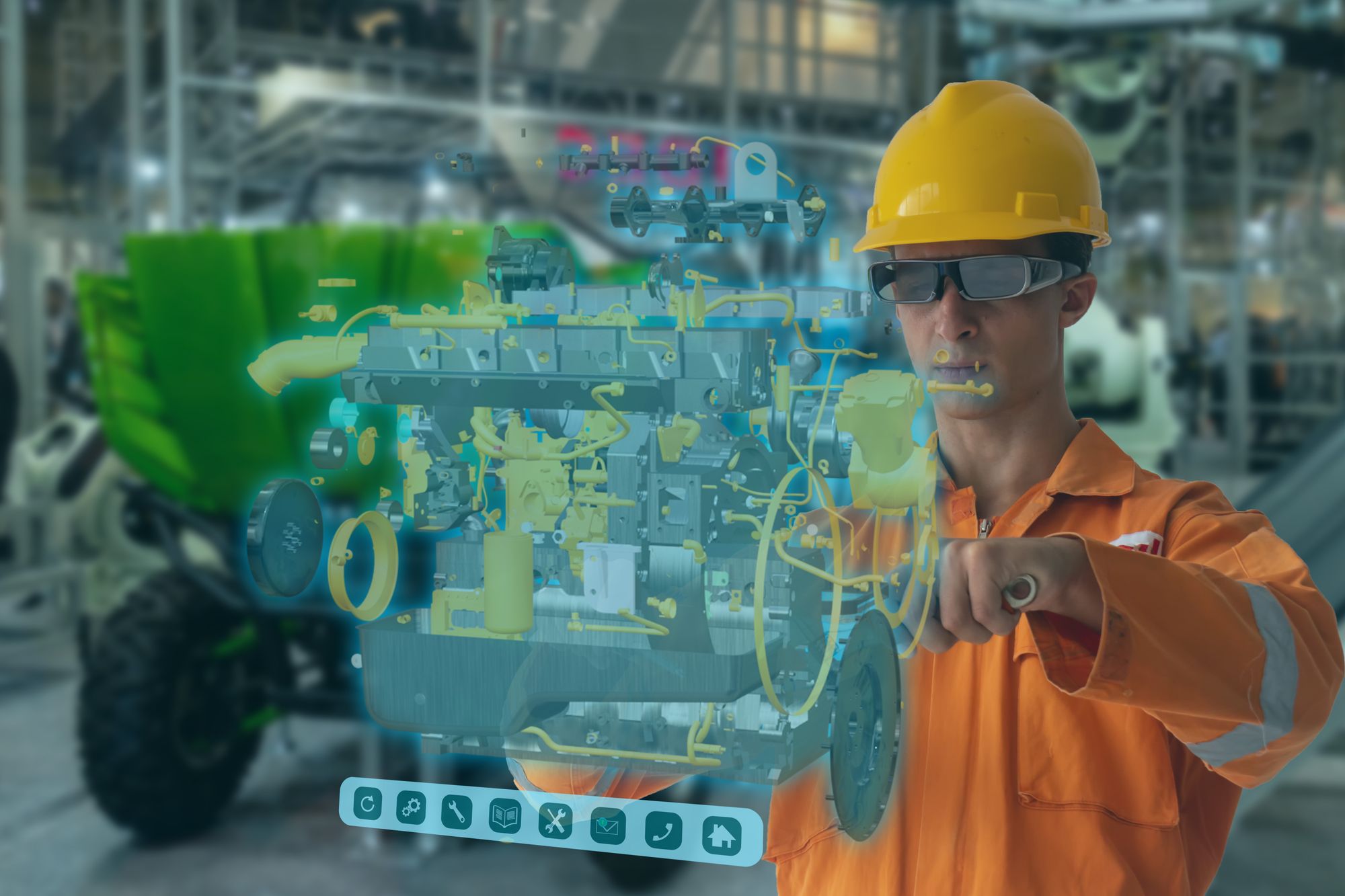What is a Digital Twin, and How Can it Benefit Any Manufacturing Organization?

In today's digital age, manufacturing organizations are under increasing pressure to increase efficiency, reduce costs, and improve the quality of their products. One technology that is helping organizations achieve these goals is the digital twin. Let's look at a digital twin and how it can benefit any manufacturing organization.
What is a Digital Twin?
A digital twin is a virtual replica of a physical product or system that uses real-time data to simulate performance, behavior, and maintenance needs. The digital twin is created using a combination of sensors, machine learning algorithms, and data analytics tools that enable it to capture and analyze data from the physical product or system.
How Can a Digital Twin Benefit Manufacturing Organizations?
Predictive Maintenance
One of the key benefits of a digital twin is its ability to enable predictive maintenance. By capturing and analyzing real-time data from the physical product or system, the digital twin can identify potential maintenance issues before they occur. This can help organizations reduce downtime, increase efficiency, and reduce costs associated with maintenance.
Quality Control
Another benefit of a digital twin is its ability to improve quality control. By simulating the performance and behavior of the physical product or system, the digital twin can identify potential defects or issues that may impact the quality of the final product. This can help organizations reduce the likelihood of product defects, improve customer satisfaction, and reduce costs associated with quality control.
Process Optimization
A digital twin can also help organizations optimize their manufacturing processes. By simulating the performance of the physical product or system, the digital twin can identify areas where the process can be improved. This can help organizations reduce cycle times, increase throughput, and reduce costs associated with manufacturing.
Faster Time to Market
A digital twin can also help organizations reduce their time to market. By enabling organizations to simulate the performance of a product or system before it is manufactured, they can identify potential issues or defects early in the development process. This can help organizations reduce development time and costs associated with product development and bring products to market faster.
Improved Customer Experience
Finally, a digital twin can help organizations improve the customer experience. By simulating the performance of a product or system, organizations can identify potential issues or defects that may impact the customer experience. This can help organizations improve the quality of their products, reduce customer complaints, and increase customer satisfaction.
In conclusion, a digital twin is a virtual replica of a physical product or system that uses real-time data to simulate performance, behavior, and maintenance needs. By enabling organizations to capture and analyze real-time data from the physical product or system, a digital twin can provide various benefits, including predictive maintenance, quality control, process optimization, faster time to market, and improved customer experience. As a result, any manufacturing organization can benefit from implementing a digital twin in its operations.